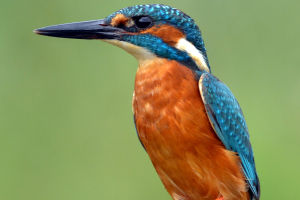The flame fairy fry, also known as firefish larvae, undergoes a remarkably rapid hatching process, transforming from delicate eggs to fully formed fry within a week.
This extraordinary phenomenon, observed in various species of firefish, showcases the intricate and swift developmental stages of these aquatic creatures, underscoring the remarkable resilience and adaptability of marine life.
This article delves into the intricate details of the flame fairy fry's rapid hatching process, exploring the factors that contribute to its swift development and the unique characteristics that define this captivating aquatic species.
The flame fairy fry's hatching process commences with the careful preparation and maintenance of the spawning environment, ensuring optimal water quality and temperature for the successful incubation of the eggs.
Firefish typically lay their eggs in secluded areas, such as coral crevices or rocky substrates, providing a safe and sheltered environment that promotes the healthy development of the embryos.
The flame fairy fry eggs, characterized by their translucent appearance and delicate structure, require a stable and nutrient-rich aquatic environment to facilitate their swift and successful hatching.
Within the first few days of incubation, the flame fairy fry eggs undergo a series of intricate developmental stages, culminating in the emergence of the fry from their protective egg casings.
The transparent nature of the eggs allows for the observation of embryonic development, offering a glimpse into the formation of the fry's distinct anatomical features and physiological adaptations.
The rapid progression from fertilization to hatching showcases the flame fairy fry's innate resilience and adaptability,
highlighting its remarkable ability to thrive in diverse marine ecosystems and adapt to varying environmental conditions.
As the flame fairy fry eggs approach the final stages of incubation, the fry begins to exhibit distinct behavioral patterns, displaying signs of movement and responsiveness to external stimuli.
This pivotal phase marks the imminent hatching of the flame fairy fry, signaling the culmination of a week-long developmental journey that culminates in the emergence of the fry from their protective egg casings.
The swift and synchronized hatching process emphasizes the flame fairy fry's innate instinct for survival and underscores the vital role of adaptation and resilience in the dynamic marine ecosystem.
Upon hatching, the flame fairy fry exhibits a remarkable level of independence and self-sufficiency, displaying instinctual behaviors that enable them to navigate their aquatic surroundings and seek nourishment from their natural environment.
The fry's ability to swiftly acclimate to their marine habitat and locate sources of sustenance underscores their innate survival instincts and unique position within the intricate web of marine life.
This early display of resilience and adaptability is a testament to the flame fairy fry's remarkable capacity to thrive in diverse marine ecosystems and contribute to the delicate balance of the aquatic environment.
The rapid hatching process of the flame fairy fry offers a captivating glimpse into the intricate and dynamic world of marine life, underscoring the remarkable adaptability and resilience of these enchanting aquatic creatures.
From the careful preparation of the spawning environment to the swift emergence of the fry from their protective egg casings,
the flame fairy fry's hatching process serves as a testament to the remarkable wonders of the natural world and the intricate life cycles that define the delicate balance of marine ecosystems.


